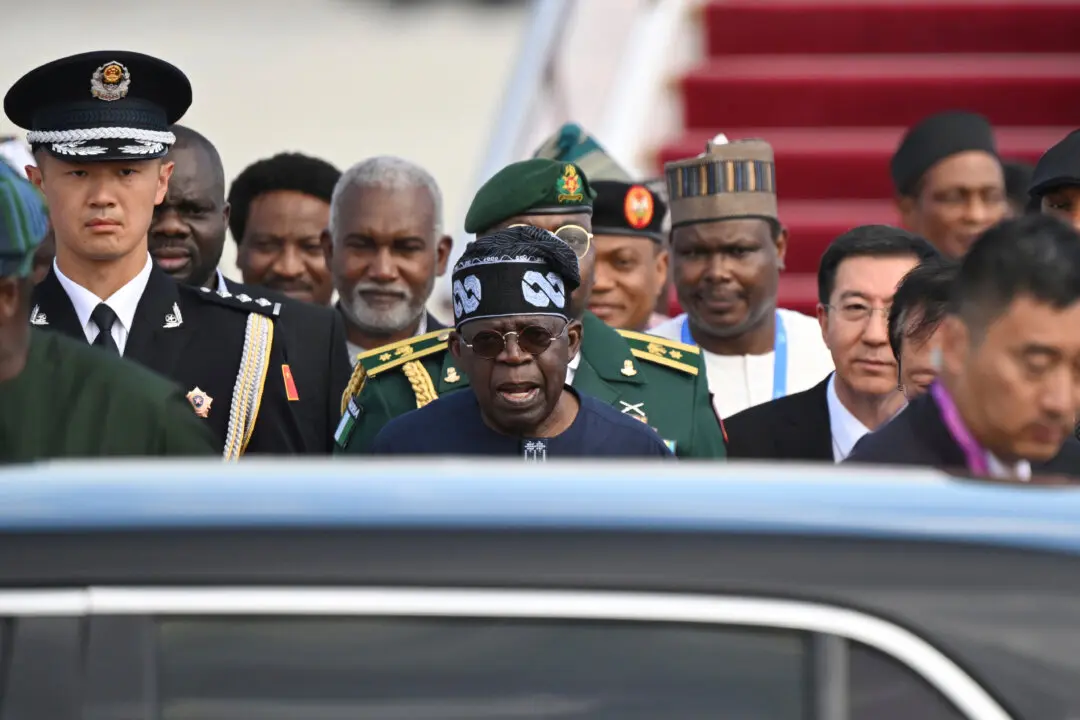LONDON—British Prime Minister Theresa May scrambled on March 28 for a way to secure a new delay to Brexit in the face of parliamentary deadlock by setting out plans for a watered-down vote on her EU divorce deal to be held on March 29.
Lawmakers will vote on May’s withdrawal agreement at a special sitting but not on the framework for future relations with the EU she negotiated at the same time, a maneuver which sparked confusion among lawmakers.





